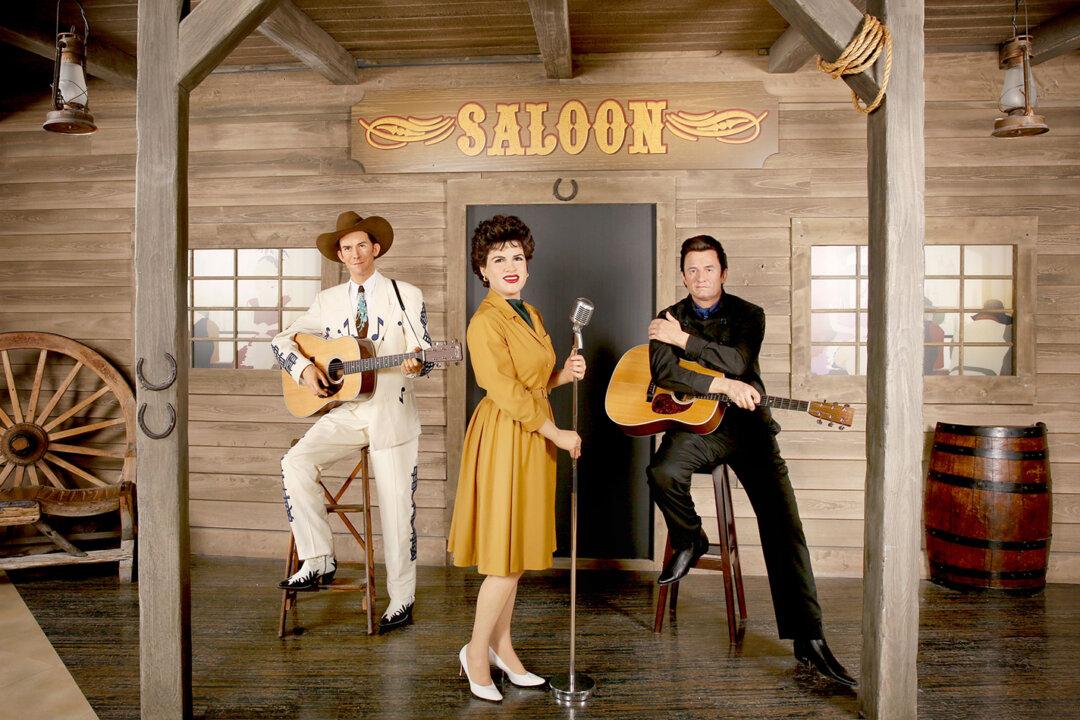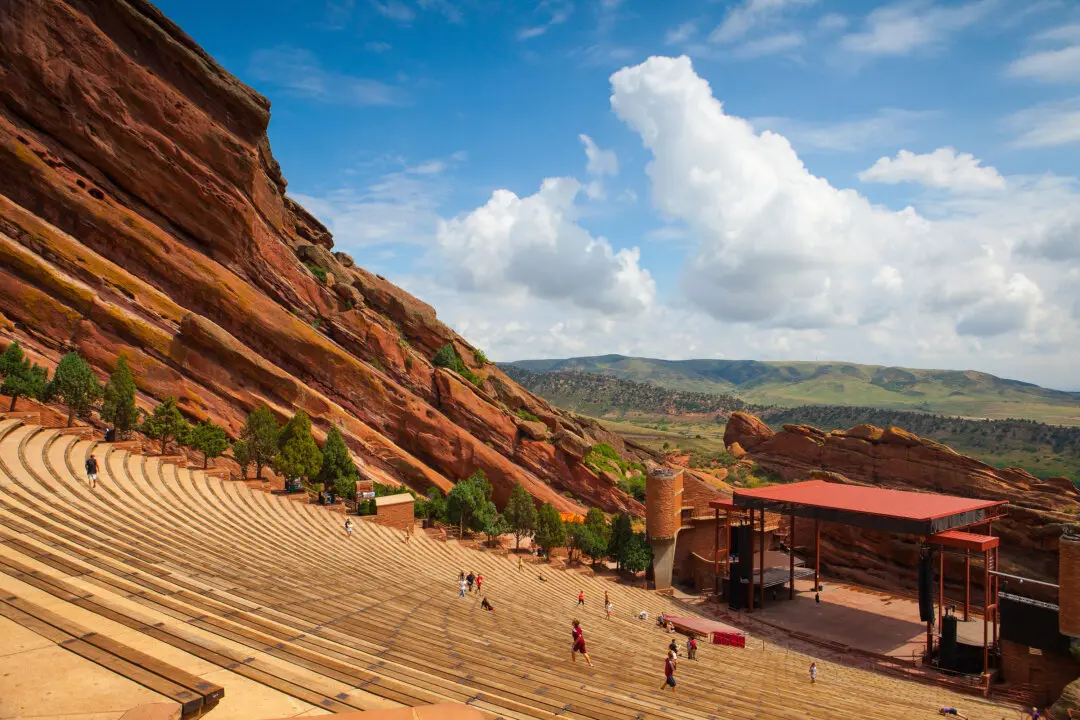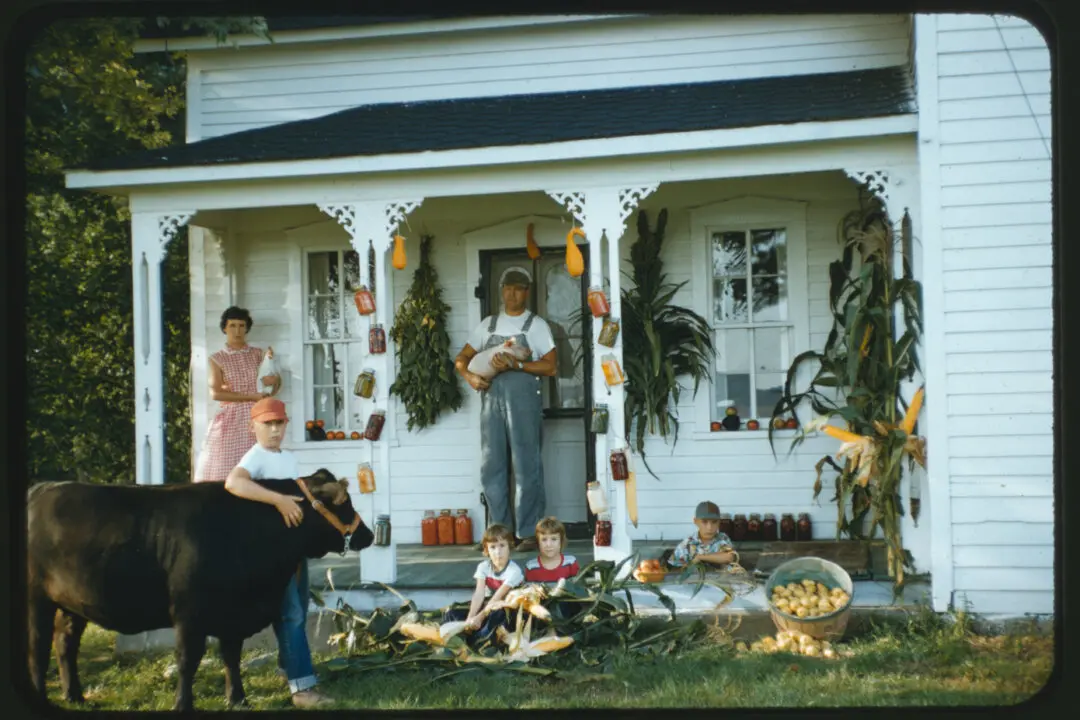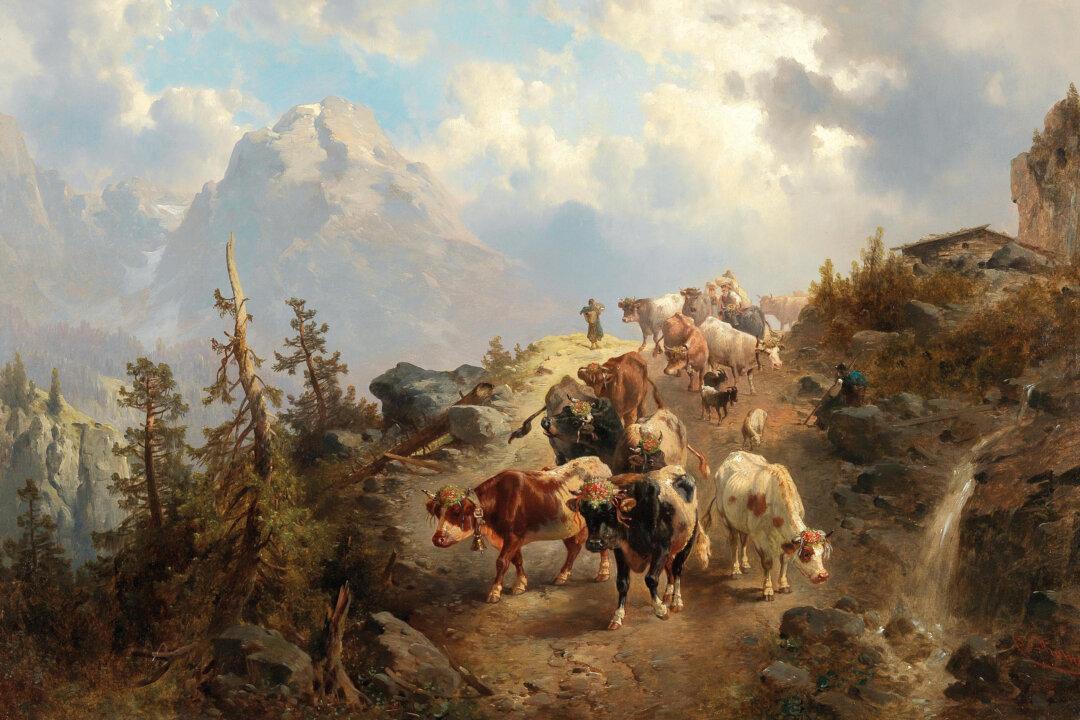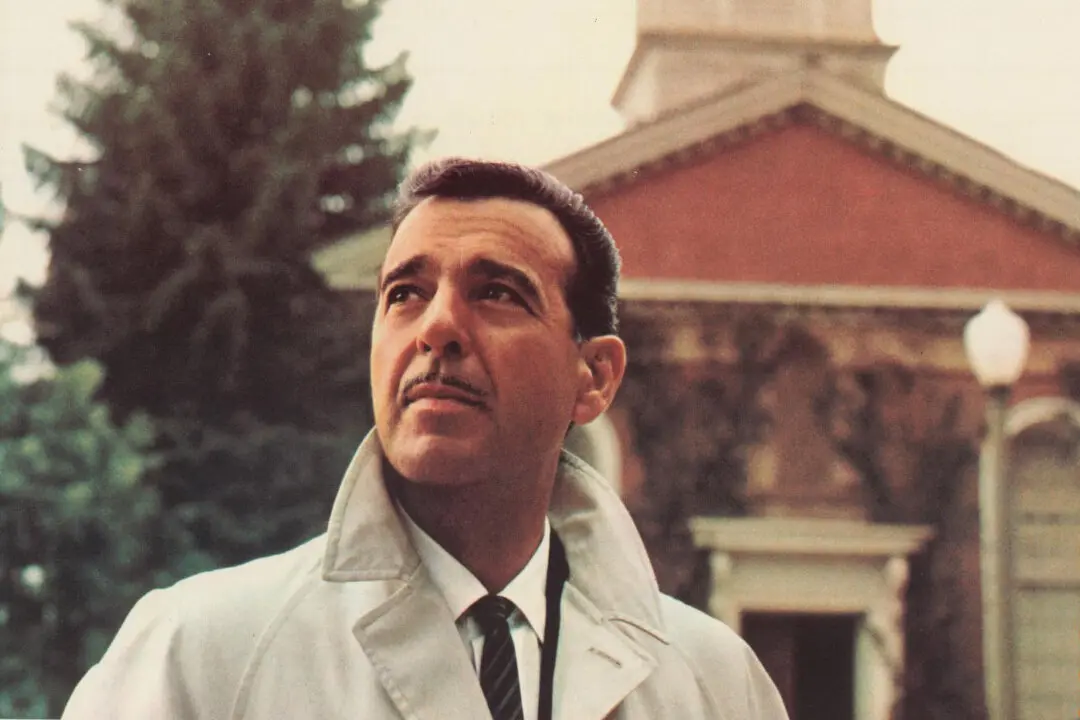While country music of the 1940s was known for its honky-tonk ditties perfect for two-stepping, the 1950s ushered in a more polished, story-driven approach to the genre. This transformation paved the way for a new kind of country, a style focused on relatable, poignant cowboy tales and classic romance pieces. The genre’s modernized songwriting focus and updated production brought it into the mainstream.
The Honky-Tonk Craze
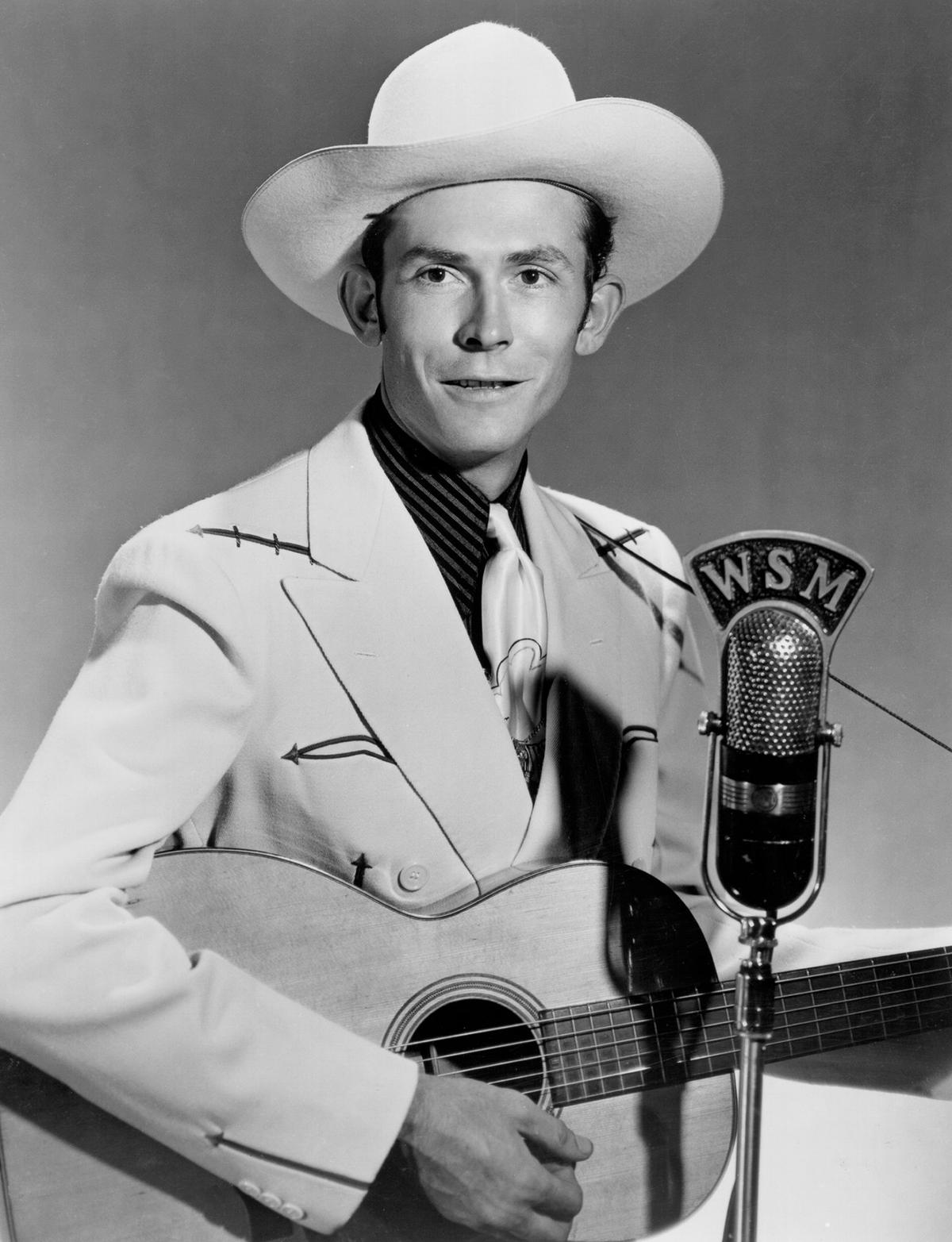
Hank Williams publicity photo for WSM Radio in Nashville, 1951. Public Domain

